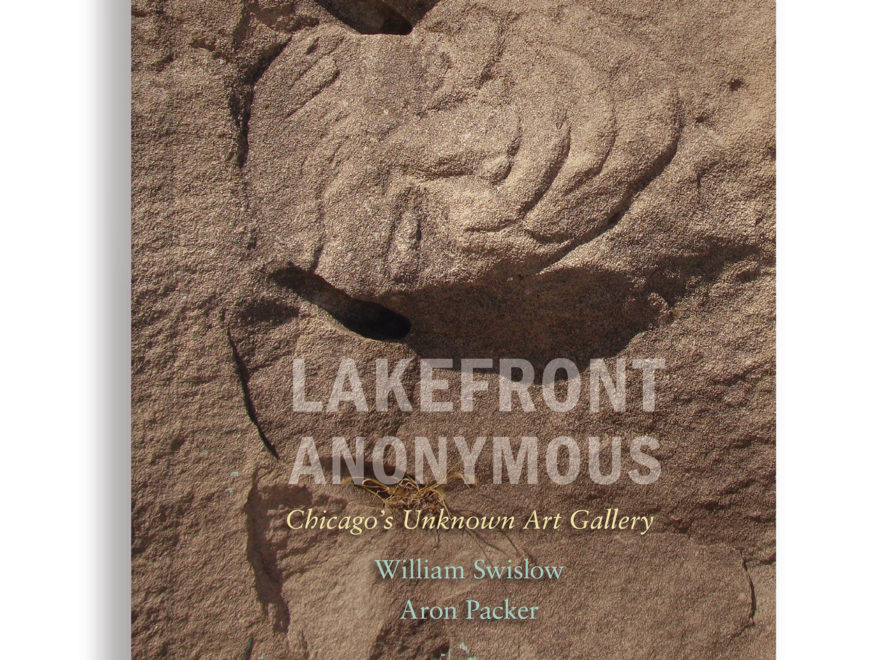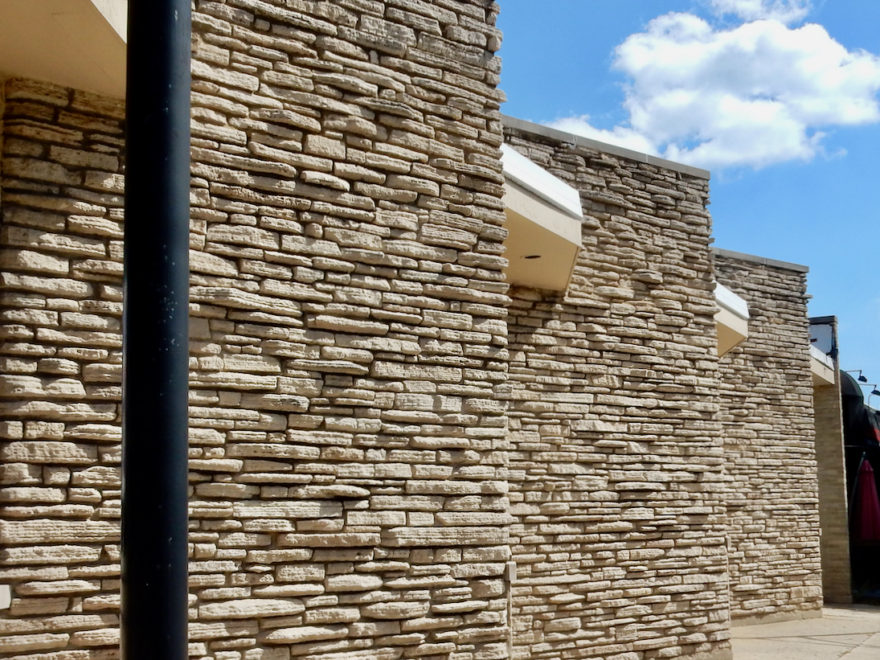Rosie Lee Tompkins: A Retrospective, by Elaine Y. Yau, Lawrence Rinder and Horace Ballard. University of California, Berkeley Art Museum and Pacific Film Archive, 175 pages 2020. ISBN: 9780983881384. Paperback, $39.95 Here’s another pandemic art disappointment—the grand exhibition of Rosie Lee Tompkins’ quilts at the Berkeley Art Museum and Pacific Film Archive (BAMPFA). Like Elijah Pierce’s carvings at the Barnes Foundation, these quilts clearly need to be experienced in person to get a true sense of their scale and material impact. Tompkins is widely praised as the greatest quilter of her time, certainly up there with the women of Gees
Continue readingCategory: Art
Review: Prisoners’ Inventions
Prisoners’ Inventions, written and illustrated by Angelo in collaboration with Temporary Services. Half Letter Press, Chicago, 200 pages, 2020. ISBN: 9781732051423. Paperback, $20 If you’re looking for conventional prison art, this book isn’t the place. No warrior princesses or hands holding bars here. But if you are interested in the incredible creativity that incarceration can generate, this book is a good place to start. In the first instance, there is the creativity of “Angelo,” the one-time California prison inmate who made the drawings featured here and who is responsible for most of the text. His sketches are both interesting and
Continue reading
How To Make A Bottle Cap Figure
Unsealed: Bottle Cap Art | The Woolseys | The Patent Drawings | How To | The Race Question | The Blockbuster The Galleries: Masterworks | Troops | Signed | Flashers | Other Shapes | Mine | Bottle Cap Inn | Two Monuments Since co-curating a large-scale bottle-cap art exhibit in the 1990s I’ve been trying to find published instructions for how to make the little two-bowled figures that were once ubiquitous in thrift stores across the Midwest. It seemed there must be some kind of master blueprint somewhere to explain the existence of so many identical copies of these kitschy figures. Patent drawings exist for one kind of figure, but
Continue readingHyde Park Lakefront Carvings By The Date
Many stone carvers along Chicago’s lakefront thoughtfully included a date with their work, allowing us a sense of how this art took shape over the decades. At places like Promontory Point and Morgan Shoal, these dates also allow us to better understand the historic character of the quarry-stone revetments, some of which are approaching the century mark in age. Unfortunately, the blocks and their carvings are in imminent danger of disappearing in the name of lakeshore reconstruction. (More on that here.) Below are photo galleries for the two sites, including all the dated carvings I’ve been able to find so
Continue readingLakefront Anonymous in the Stores
Lakefront Anonymous: Chicago’s Unknown Art Gallery is available at these fine stores: Or you can order it online via eBay.
Continue readingWorld’s Largest Small-Town Collection of Big Things
Little Casey, Illinois, is in possession of a number of world’s largest things as certified by Guinness, which requires largest things to be at least theoretically functional. Accordingly, in addition to its largest things, the town also boasts quite a few just large things, which are at least as cool as the largest things even if not putatively functional. Why all the big things? A brilliant idea, it seems, to draw tourists to a small town of no particular distinction in the middle of downstate Illinois. And it works. We were there on an October Tuesday afternoon and there were
Continue reading
Lakefront Anonymous Book Release and Photo Exhibit Extended to Nov. 20 and 21
Join Aron Packer and me to help celebrate publication of Lakefront Anonymous: Chicago’s Unknown Art Gallery, our book about the thousands of vernacular stone carvings that line much of the city’s shoreline. We’ll be signing books as well as exhibiting some of the best images and giving talks about these magnificent works of art Saturday November 20 and Sunday November 21, 12-5 p.m., at 1100 Florence, Evanston. Talks at 2 p.m. each day. Aron and I have been discovering and documenting the carvings for decades, even tracking down a few of the carvers. The carvings, ranging from minimalist initials to
Continue reading
The Mid Century Glories of Peterson Avenue
Peterson Avenue: A cynic might say it’s where Prairie style went to die, and I’d say, yes and an honorable death. The mid-century buildings on this commercial strip range from late moderne to proto-post modern, with lots of typical Mid Century Modern buildings in between, all showing a range of Prairie influences. Peterson, from Western Avenue west to Central Park Avenue, is a case where economic stagnation (as opposed to decline) might be the best preservative for under-valued architecture. I doubt whether Peterson was ever a hot neighborhood, and it’s hardly hot now. But it’s also not falling apart. There
Continue readingHyde Park Lakefront Stone Carvings Under Threat
Chicago’s lakefront is lined with thousands of stone carvings, created by mostly anonymous makers over the course of the 20th century. One of its most carving-rich areas is also its most endangered. Hundreds, probably thousands, of carvings have been lost over the last 20 years as the city, in cooperation with the Army Corps of Engineers, has reconstructed its shoreline to prevent erosion and flooding. This has meant removal of limestone blocks once used to armor the shore — and thus also the carvings made on many of those same blocks. Now the city is moving ahead with plans to
Continue readingMorgan Shoal Stone Carvings: Imminent Danger
The hundreds of stone carvings at Morgan Shoal, between 45th and 50th Street in Chicago’s Hyde Park neighborhood, are in imminent danger of being lost. This section of lakefront is in terrible condition, with the many of the old rocks topsy turvy and falling into the lake. The city is following up emergency measures to reduce flooding with an initiative to fund its framework plan for complete reconstruction. The plan has appealing elements, including creation of additional parkland. However, it makes no reference to the carvings or their preservation, which is no surprise considering that public awareness of this artwork
Continue reading